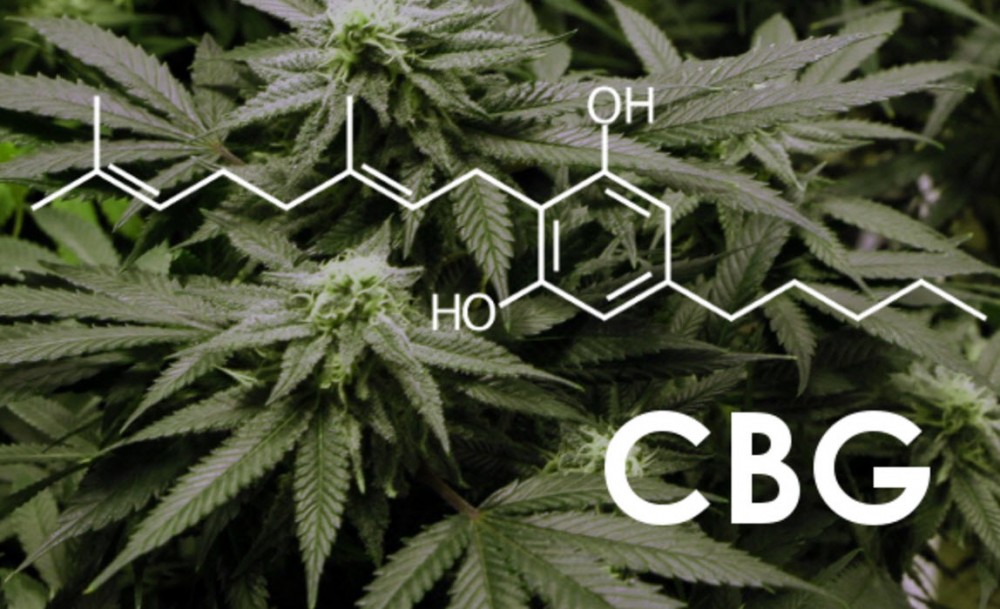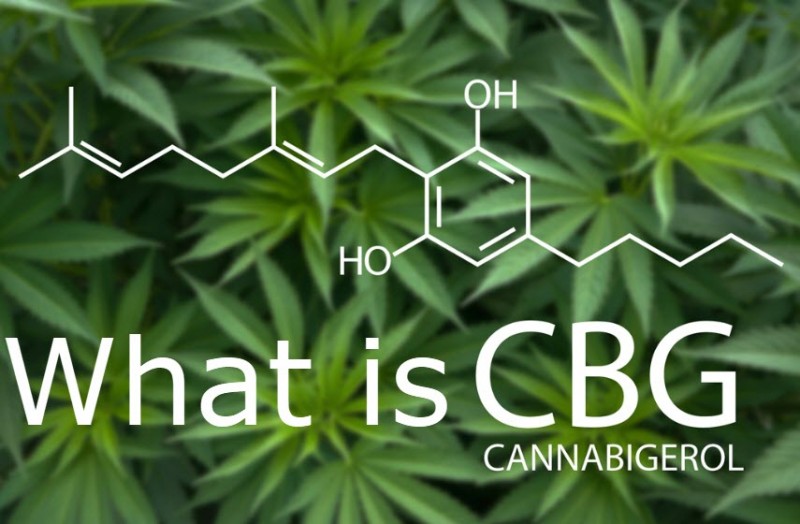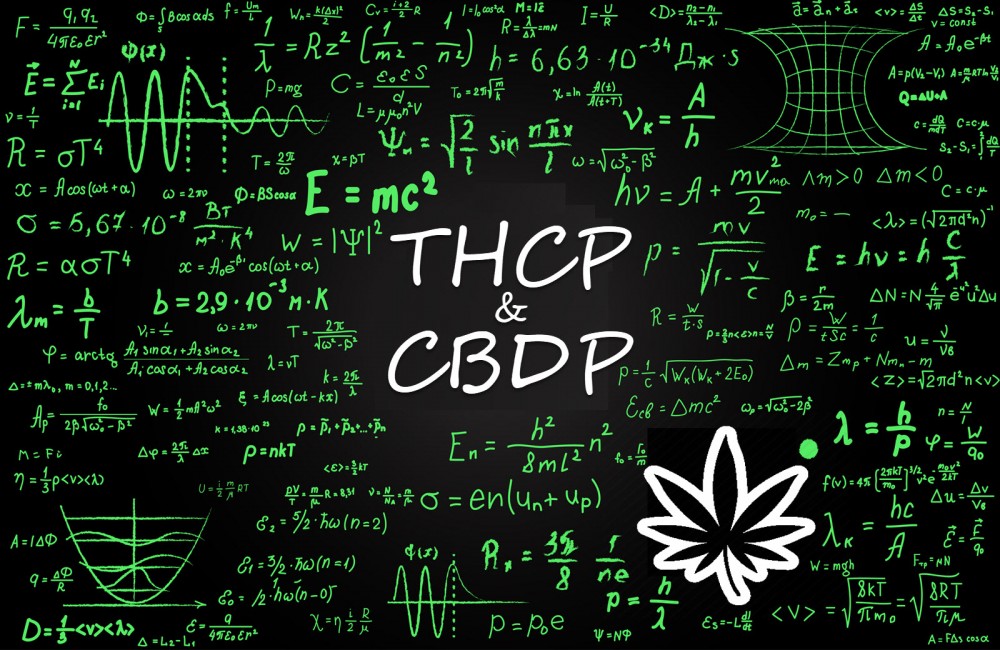CBG: The Other Cannabinoid You Should Know About Aside From THC and CBD
What is the CBG in Marijuana? from CannabisNet on Vimeo.
You all know about THC and CBD; the 2 rock star cannabinoids that have been making headlines in the medical and recreational community for their own special reasons.
But it’s time we share the spotlight with CBG; after all, all cannabinoids are derived from CBG. It may be a minor cannabinoid, but it has a major impact on your health.
Thanks to advancements in laboratory testing, we now know more about strain profiles and different cannabinoids.
Meet CBG: Cannabigerol

CBG is a non-psychoactive cannabinoid commonly found in strains with low THC content. In fact, CBG is abundant in many kinds of hemp, a cannabis product that has almost no THC content.
CBG was first discovered by scientists in 1964 as a component of hashish. In 1975, scientists discovered that the acid form of CBG called CBGA is the primary cannabinoid that forms first in cannabis plants. CBGA then evolves into THCA, CBDA, or CBCA depending on the action of different enzymes. Aside from being the first cannabinoid to develop in the plant (which means that we wouldn’t have THC and CBD if not for CBG!), CBGA also has its own health benefits that are unique to other cannabinoids.
Although CBG is non-psychaoctive and won’t get you high, no one has experimented yet with dabbing pure CBG – until then we won’t really know if it can get you high when ingested in concentrated amounts. CBG requires high temperatures in order to vaproize.
Health Benefits of CBG
This underrated cannabinoid has many significant health benefits. For one, CBG can help prevent cancerous tumors. Strains high in CBG are also found to be useful in treating glaucoma because it’s effective in reducing eye pressure and helps to drain fluids.
CBG can also be used to induce appetite in chemotherapy patients as well as individuals who are suffering from eating disorders. Studies show that CBG has been successful in stimulating appetite in mice.
CBG is also a potent anti-inflammatory cannabinoid, which can benefit a multitude of patients who suffer from the many illnesses borne from inflammation. More recently in 2015, researchers found that CBG also had valuable neuroprotective benefits in mice who had Huntington’s Disease, a condition caused by degenerated nerve cells in the brain.
CBG also showed promise in slowing down the growth of colon cancer in animal subjects, which may give us hope in developing new treatment for this dreaded disease. Studies also show that CBG is a strong alpha-2-andrenoceptor agonist and moderately potent 5-HT1A-receptor agonist which means that it has great potential in treating depression, pain, and psoriasis.
Where To Find CBG
CBG is still considered a minor cannabinoid in almost all strains of cannabis since they only contain around 1% of it. Narrow-leafed strains from the Indian subcontinent are found to have slightly more CBG levels as compared to others. It’s possible to extract CBG from budding cannabis plants around three-quarters of its way to flowering, although this isn’t a guarantee because some trichome scientists say that CBG is transformed into CBD or THC as soon as it’s produced in the plant. Strains high in CBG are rare although they do exist.
Scientific studies on CBG solves another puzzle in the mysteries of the many cannabinoids present in the plant, but we are sure to see more developments over the next few years. Pretty soon we can expect to see hybridized strains with CBG so that medical patients can benefit from tailored strains that can treat specific illnesses.









